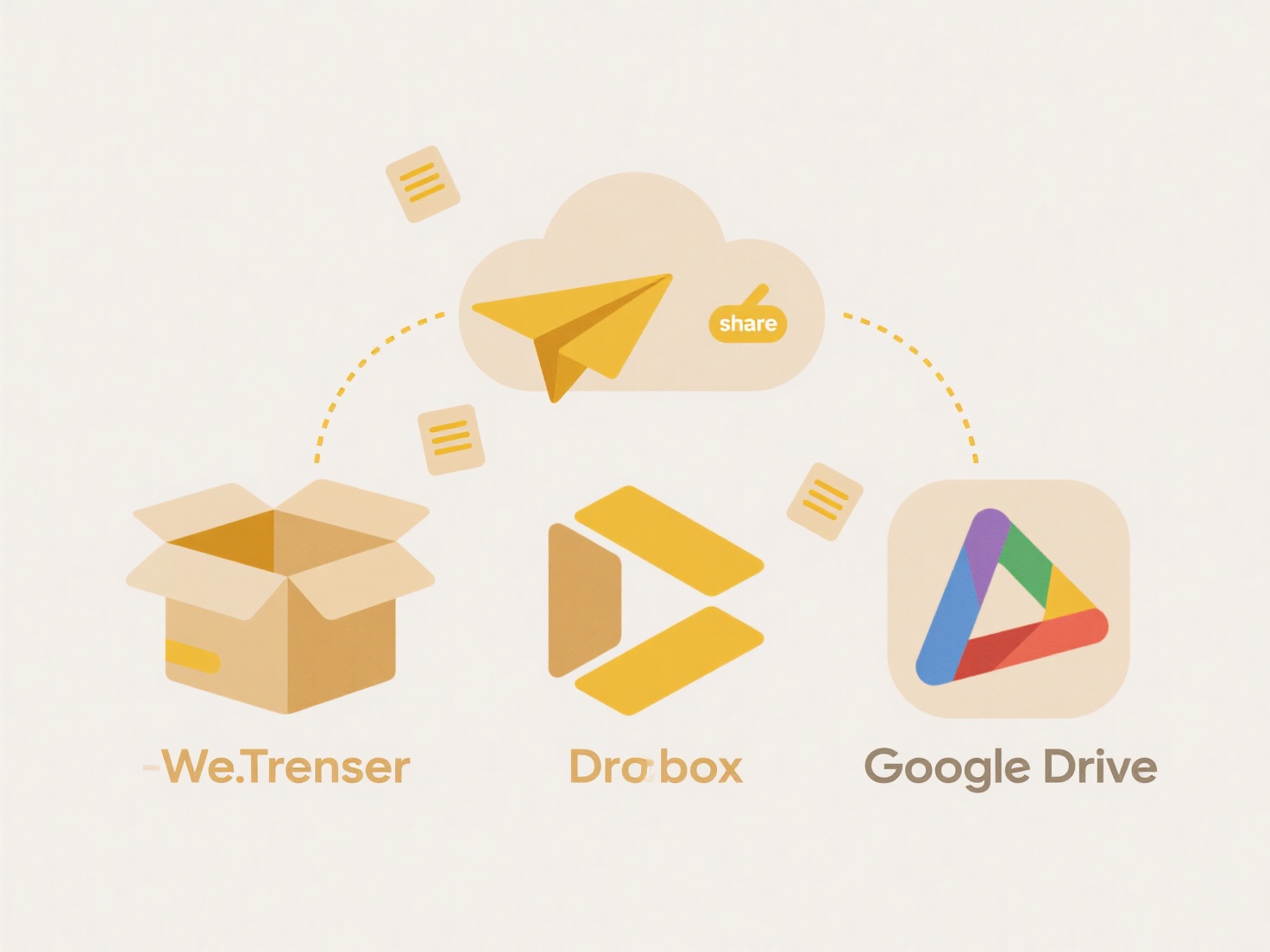
Cross-platform duplicate detection identifies identical or near-identical data (files, records, content) across diverse systems like cloud storage, databases, email platforms, and local machines. It differs from simple file comparison by using algorithms (like hashing or fuzzy matching) to find duplicates even if filenames differ, files are stored in different locations, or formats vary slightly. This process is crucial for efficiency and consistency across an organization's entire digital landscape.

In practice, storage administrators use tools like deduplication appliances or cloud features (e.g., AWS DataSync) to find and eliminate redundant files across on-prem servers and cloud buckets, saving storage costs. Customer service teams might employ CRM or data quality platforms (like Informatica or Talend) to identify duplicate customer records entered via web forms, mobile apps, and call centers, ensuring a single customer view.
No single "best" tool exists universally; effectiveness depends on data volume, types, required matching precision, performance needs, and budget. While key advantages include storage savings, improved data quality, and faster processing, challenges involve balancing algorithmic precision versus computational cost, managing false positives/negatives, and integrating across complex environments. Choosing often requires evaluating specialized tools against broader data management platforms. This complexity drives continuous innovation in AI-enhanced fuzzy matching and scalable cloud solutions.
What is the best tool for cross-platform duplicate detection?
Cross-platform duplicate detection identifies identical or near-identical data (files, records, content) across diverse systems like cloud storage, databases, email platforms, and local machines. It differs from simple file comparison by using algorithms (like hashing or fuzzy matching) to find duplicates even if filenames differ, files are stored in different locations, or formats vary slightly. This process is crucial for efficiency and consistency across an organization's entire digital landscape.

In practice, storage administrators use tools like deduplication appliances or cloud features (e.g., AWS DataSync) to find and eliminate redundant files across on-prem servers and cloud buckets, saving storage costs. Customer service teams might employ CRM or data quality platforms (like Informatica or Talend) to identify duplicate customer records entered via web forms, mobile apps, and call centers, ensuring a single customer view.
No single "best" tool exists universally; effectiveness depends on data volume, types, required matching precision, performance needs, and budget. While key advantages include storage savings, improved data quality, and faster processing, challenges involve balancing algorithmic precision versus computational cost, managing false positives/negatives, and integrating across complex environments. Choosing often requires evaluating specialized tools against broader data management platforms. This complexity drives continuous innovation in AI-enhanced fuzzy matching and scalable cloud solutions.
Related Recommendations
Quick Article Links
Is there a tool that helps rename academic papers based on their titles?
Is there a tool that helps rename academic papers based on their titles? Wisfile is a free local tool that instantly r...
When should I use .png instead of .jpg?
PNG (Portable Network Graphics) is ideal for images requiring lossless compression or transparency. Unlike JPG (JPEG), w...
Can I group files dynamically by properties?
Dynamically grouping files by properties means automatically organizing them based on changing metadata (like creation d...